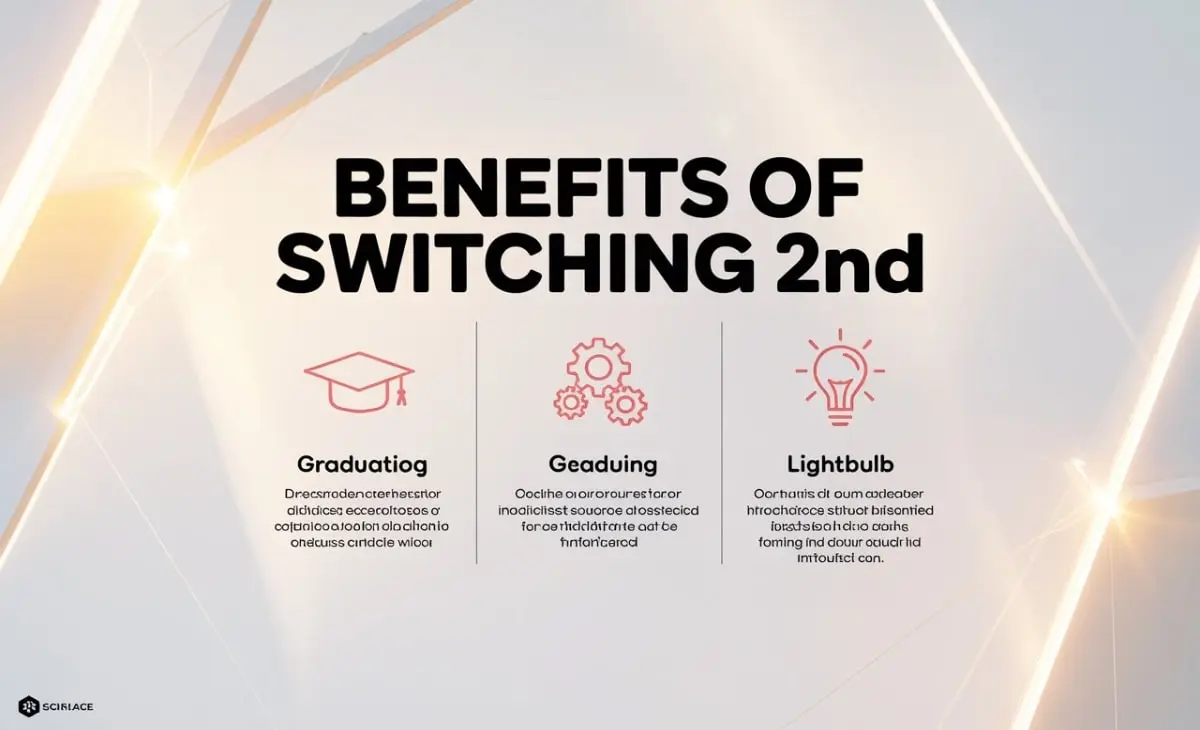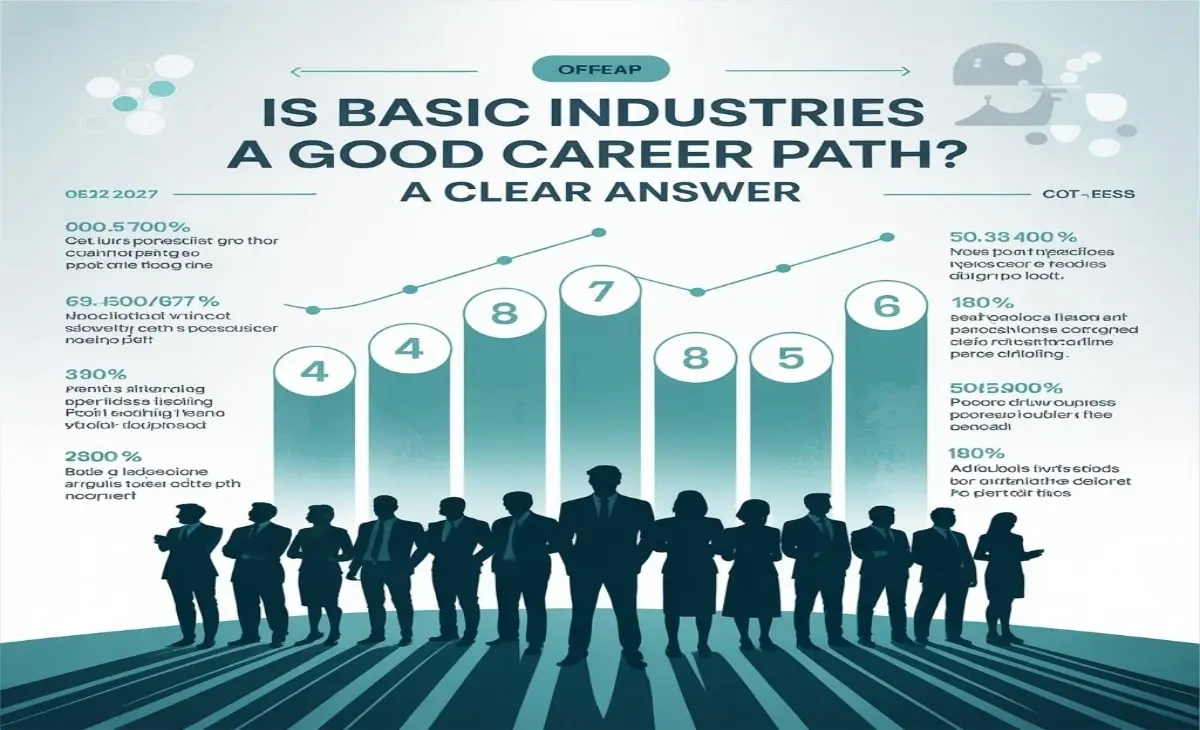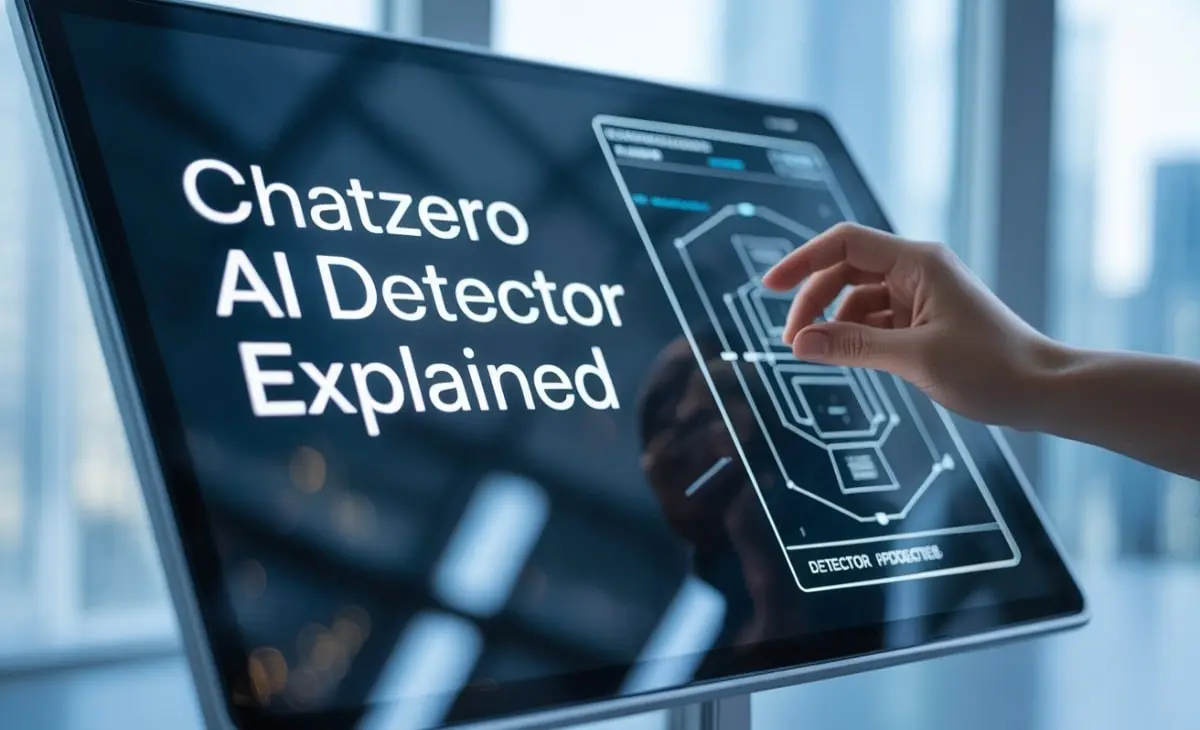switching 2nd is an adaptive educational strategy where teachers shift to an alternate instructional method when the primary one fails to deliver the intended learning outcomes. This switch can occur within a lesson, unit, or even a long-term teaching plan. It’s not a sign of failure; rather, it’s a proactive approach to meet students’ diverse learning needs. Teachers often face situations where a method that worked with one group doesn’t resonate with another. In those moments, switching to 2nd ensures that learning doesn’t stop—it evolves.
Why Is Switching 2nd So Important?
In today’s classrooms, students have varied backgrounds, learning styles, and emotional needs. A single method of instruction simply can’t cater to all. Switching second plays a crucial role in offering flexibility. When students struggle with the initial method, instead of pushing through with little success, teachers can pivot to an alternative. This adaptability leads to increased student engagement, deeper comprehension, and more efficient classroom management.
The Origin and Evolution of the Term
Though the term “switching 2nd” might sound modern, the philosophy behind it dates back decades. It has roots in differentiated instruction and multi-tiered support systems like Response to Intervention (RTI). Over the years, as classrooms have become more inclusive and technologically integrated, the need for a second-option teaching method has grown. The term has evolved into a cornerstone of modern, flexible pedagogy.
Benefits of Switching 2nd in the Classroom
Switching to 2nd brings several positive outcomes. It keeps students engaged, boosts comprehension, and reduces behavioral issues. When students feel seen and heard—especially through personalized instruction—they’re more likely to participate and retain knowledge. For teachers, it creates a supportive teaching environment where experimentation is welcomed and growth is continuous. Additionally, it enhances the efficiency of instructional time by promptly identifying and replacing ineffective strategies.
When Should Teachers Consider Switching?
Timing is everything. Teachers should consider switching to second when they notice signs of disengagement, confusion, or frustration among students. These cues might appear as blank stares, repeated questions, or off-task behavior. Rather than pushing through with a failing method, an immediate shift can reignite interest and foster understanding. Mid-lesson feedback tools such as quick polls or thumbs-up/down checks can help educators decide if it’s time for a change.
Switching 2nd and Differentiated Instruction
It complements differentiated instruction beautifully. While differentiation involves planning various approaches from the start, switching is more reactive—it kicks in when the original plan doesn’t work. When combined, these methods effectively and timely address each student’s needs. The goal is the same: maximizing student learning while minimizing frustration.
Real-Life Example of Switching 2nd in Action
Consider a middle school teacher introducing algebraic concepts using traditional lectures. After observing disengagement, she switches to a group-based activity using manipulatives and real-world problem scenarios. Suddenly, students who were previously confused start participating actively. The class atmosphere transforms from passive to dynamic—all due to switching to 2nd at the right moment.
Challenges Educators Face When Switching 2nd
Despite its benefits, switching to 2nd comes with challenges. Some teachers worry about deviating from the curriculum or running out of time. Others may lack backup strategies or feel unprepared for impromptu changes. Moreover, without administrative support or access to varied teaching resources, implementing an alternate approach can feel overwhelming. That’s why it’s essential to plan possible alternatives in advance and maintain a flexible mindset.
Tools That Facilitate Effective Switching 2nd
Digital tools can be a huge help. Platforms like Google Classroom, Pear Deck, and Edpuzzle provide flexible lesson formats, quick assessments, and data to help teachers pivot when necessary. Using analytics, teachers can identify which students are lagging and which strategies are working. This tech-powered insight allows for seamless switching in 2 seconds without disrupting the flow of the lesson.
How to Build a Switching 2nd Mindset
Mindset matters. Educators must embrace adaptability and release the fear of “failing” at first attempts. Switching to a second approach doesn’t mean giving up—it means trying smarter. This mindset involves being reflective and adaptable—qualities shared by successful scalable outsourcing models in the business world. A growth-oriented mindset encourages innovation and leads to stronger teacher-student relationships built on trust and responsiveness.
Step-by-Step Guide to Implementing Switching 2nd
Start with clear objectives and a strong primary teaching plan. Always have a second method or backup ready. Monitor student engagement closely using informal assessments like quizzes or discussion reflections. If you notice drop-offs in attention or performance, implement your alternate plan. Reflect on the effectiveness afterward and use those insights for future planning. Documentation of these reflections helps refine the second switching process over time.
Switching to 2nd in Remote or Hybrid Learning
Distance learning adds another layer of complexity to teaching. Fortunately, switching to 2nd works well in remote environments too. If students are not responsive to recorded lectures, teachers can switch to live sessions, gamified platforms, or project-based tasks. Remote teaching requires more variety, and switching to 2nd enables that agility. Platforms like Kahoot!, Flipgrid, and Padlet offer diverse engagement tools that support fast and smooth instructional transitions.
Psychological Impact on Students
When students experience repeated failure without intervention, they can develop academic anxiety or disengagement. Switching 2nd combats this by meeting students where they are. When a student sees that their teacher is willing to change methods to help them succeed, it builds trust and motivation. It shows that their success matters, and they’re not just a number in a system.
How School Leaders Can Encourage Switching 2nd
Educational leaders can support this practice by offering professional development sessions on instructional agility and strategy banks. They should also encourage a culture of experimentation and provide time for teachers to collaborate and share what switching strategies worked. Administrative backing ensures that switching to 2nd becomes a part of the school’s instructional philosophy rather than a one-off tactic.
Supporting Special Needs and Gifted Learners
Special education often thrives on flexibility. Switching to 2nd gives educators the tools to meet IEP goals and accommodate diverse learning profiles. Gifted students, too, can benefit from switching to enrichment tasks when standard lessons are too easy. With the right strategies, switching to 2nd makes education more equitable and inclusive.
Parent Involvement in Supporting Switching 2nd
Parents can play a vital role by reinforcing flexible learning strategies at home. If one homework approach isn’t effective, trying a different method—like flashcards instead of reading aloud—can mirror the school’s adaptive style. Communication between home and school ensures that switching to 2nd becomes a seamless experience for the student.
How to Measure Success with Switching 2nd
Success isn’t just seen in test scores. Look for increased student participation, improved classroom behavior, and higher confidence levels. Teachers can gather qualitative data through journals, feedback forms, or one-on-one student interviews. Over time, these metrics paint a clearer picture of how effective switching second truly is.
Switching 2nd and Long-Term Academic Growth
Adaptive methods tend to foster resilience, creativity, and problem-solving skills in students. By being exposed to various approaches, they learn to look at problems from different angles. This long-term growth prepares them not just for exams but for real-life challenges beyond the classroom.
Switching 2nd and the Future of Education
Education is moving towards personalization, and switching 2nd fits perfectly into this trend. With artificial intelligence and machine learning, teachers will soon be able to automate some parts of instructional decision-making. Imagine platforms that suggest when to switch and how, based on live data—this is no longer a distant dream.
Frequently Asked Questions
What is the seconding teaching?
Switching two is an educational strategy where teachers change their primary instructional approach to a second method when the first proves ineffective.
Is switching to 2nd a sign of poor teaching?
No, it’s a proactive approach showing flexibility and responsiveness to student needs—hallmarks of effective teaching.
Can switching to 2nd be used in all subjects?
Yes, it’s applicable across subjects—from math and science to arts and humanities—wherever students’ understanding needs to be adjusted.
How does technology help in switching to 2nd?
Digital platforms offer data, alternative formats, and interactive tools that make transitioning between strategies seamless and efficient.
Does switching 2nd waste class time?
When executed correctly, it doesn’t waste class time. It actually saves time in the long run by ensuring students grasp concepts the first time around with effective methods.
What’s the difference between switching and differentiated instruction?
Switching second is a reactive change made during or after instruction. Differentiated instruction is proactive and planned with multiple paths from the beginning.
Final Thoughts
Switching 2nd is more than just a backup—it’s a powerful, responsive teaching strategy that aligns with the core mission of education: helping every student succeed. As classrooms become increasingly diverse, our methods must evolve. Switch 2 promotes adaptability, encourages growth, and nurtures a learning environment where both students and teachers thrive. It’s time to embrace the flexibility, leverage the tools, and champion a model that respects every learner’s unique journey.





